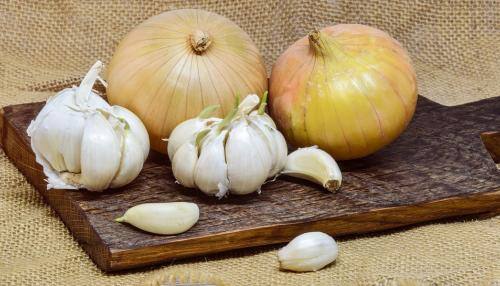- News>
- Spirituality
Why eating onion and garlic is prohibited during Navratri-Details inside

This year Chaitra Navratri is celebrated from March 18-26.
New Delhi: The auspicious occasion of Chaitra Navratri is here and the entire nation is gripped in the festive fervour. Navratri or Navratra, is a nine-day long festival of goddess Durga and is celebrated four times a year.
However, the most common and widely celebrated Navratri happens to be Sharada Navratri (September-October) and Chaitra Navratri (March-April) respectively. Now, during the nine-day long Hindu festival of Maa Durga, devotees observe fast and pray to the goddess seeking her blessings.
Now, the biggest no-no during Navratri is eating Onion and garlic for complete nine days. But have you ever wondered why this essential food item suddenly becomes untouchable during the festive time?
Well, we tried digging deeper into it and got some vital information. In Hinduism, food items are categorised into three parts namely Rajasic, Tamasic and Sattvik Bhojan. It is believed that Sattvik food items are the ones that provide spiritual advancement—this puts all the vegetarian food items, with few as exceptions, into Saatvik category.
Sattvic diet gives importance to seasonal foods, fruits, dairy products, nuts, seeds, oils, ripe vegetables, legumes, whole grains, and non-meat based proteins.
Rajasic food items, on the other hand, have a stimulating effect on body and mind. It has neither positive or negative impact on the body.
Food that harms the mind or body is considered to Tamasic in nature. It is believed to cause mental dullness. Since onion and garlic are classified as Tamasic in nature, they are prohibited during the nine-day-long holy festival.
Hmm, so now you know why 'onion-garlic' stay out of your kitchens during Navratri!
